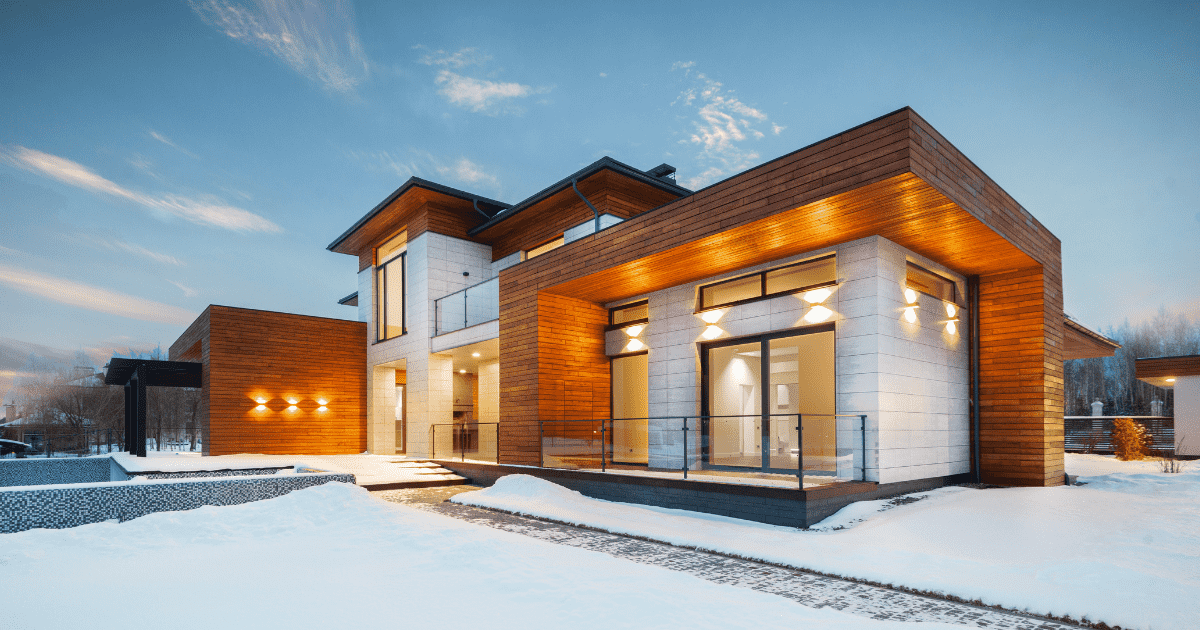Over the last few months, Prime Minister Justin Trudeau spoke repeatedly about a Canadian housing crisis and the need to “build more homes, faster”. The removal of GST on purpose-built rental buildings was a good step, and a tangible manifestation of the political impetus to increase the supply of housing.
What’s happening
In the residential property market, transaction activity is down 15 per cent nationwide, and more in some markets. However, as my colleague Tony Letvinchuk pointed out in a recent Post Media interview, the transaction volume for residential development land is down much more substantially.
While data is somewhat less available for commercial real estate transactions, reports from Altus Group and others indicate an annualized slowdown in building land sales activity of some 40+ per cent in Toronto and 80+ per cent in Vancouver. This relates to other ongoing challenges to project feasibility faced by builders, including an increase in construction costs of approximately 50+ per cent since 2020, and increased financing costs (resulting from the rise in interest rates).
Increasing costs correspondingly decrease the amount that a developer could pay for a prospective site, contributing to the dramatic decrease in transactions of residential development land.
What it means
What are the implications of the slowdown in development land activity for the supply of housing? As discussed in a previous article, urban centres like Toronto and Vancouver are already facing rental vacancies in the low single digits.
Plus, according to Canada Mortgage and Housing Corporation (CMHC), Canada’s housing supply is on track to be several million units short of the level required to promote broader affordability. In June 2023, the Canadian population surpassed 40 million. It’s expected to continue to grow, primarily through immigration.
In the context of these factors, the precipitous drop in land sales is worrisome. A typical residential mid-rise project takes approximately five to seven years to complete, from land acquisition to occupancy. If developers aren’t buying land now, then — in the presence of continued population growth — the shortfall in housing supply could very conceivably be worse in a decade than it is today.
What can be done
So, what can policymakers do? While some factors — for example, the global supply chain of certain construction materials — may be largely outside their influence, the various levels of government do control the fees and taxes levied on development and construction of new homes.
Echoing a similar study in Ontario, a May 2023 report from tax consulting firm Ryan found that direct government fees, levies and charges constitute a staggering 29.25 per cent of a typical new Vancouver condominium’s cost. In other words, government fees make up about $327,000 of the cost of a new $1.12 million housing unit.
Instead of further increasing costs — as, for example, Metro Vancouver did in October with a significant “Development Cost Charge” increase — all three levels of government should reduce charges and taxes wherever possible. This will make housing more affordable and support the viability of prospective housing projects.

Jonathan Cooper is the President of Macdonald Real Estate Group (MREG). Based in Vancouver and with an annual sales volume of over $7.4B in 2023, MREG has 1100 staff and agents and 24 offices, offering residential and commercial brokerage, project marketing, and property and asset management for a $6B portfolio. His commentary and op-eds on the real estate business have appeared across various media platforms, including REM, Inman News, Bloomberg BNN, and The Vancouver Sun.
















Hear Hear — Yes, let’s get the gov’t out of the way and reduce the cost of their participation in the process !!
Enhancing Affordability (the stated objective) can only achieved by:
a) Reducing Prices (with hope a pass-thru from reducing construction and carrying Costs),
b) Reducing Interest Rates
and /or
c) Increasing Family Incomes.
Building more pricey units will not achieve the objective.
Exhorting Muni’s, regions and Provinces to do so on (an impossible) schedule or face cuts to grant monies) also will not achieve the objective.
When your house is flooding what do you do? Try and build bigger sinks as the flood continues? No you turn off the water to fix the problems. Policies regarding immigration need to change to allow the country to better prepare for population increases. But alas the Country is in so much debt they need immigration to fuel retirement funds for Canadians. The facts are, for affordable housing, all level of governments need to be involved. Governments need to build properties at cost and not for profit. Rent controls need to be introduced to create affordability, programs need to be in place regarding who can purchase. The facts are affordable housing is a fantasy if the private sector is buying land and building for profit.